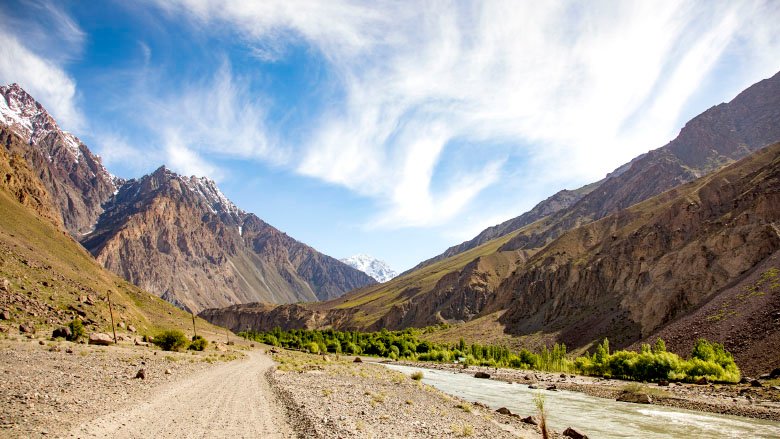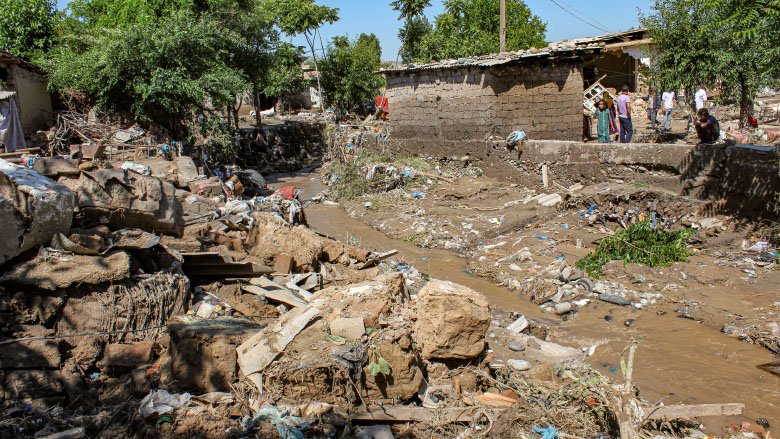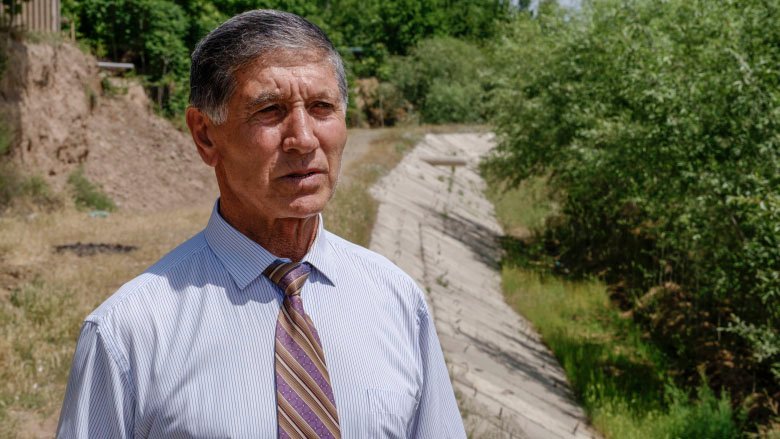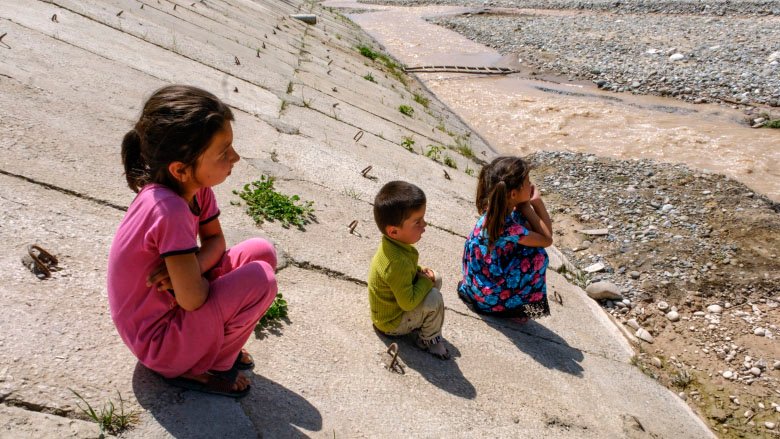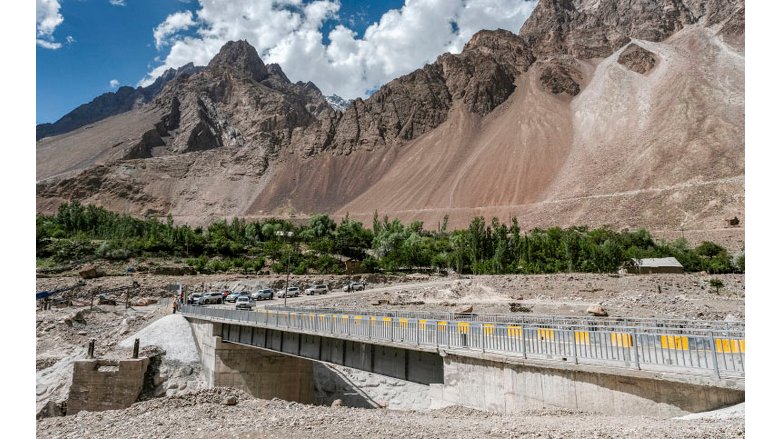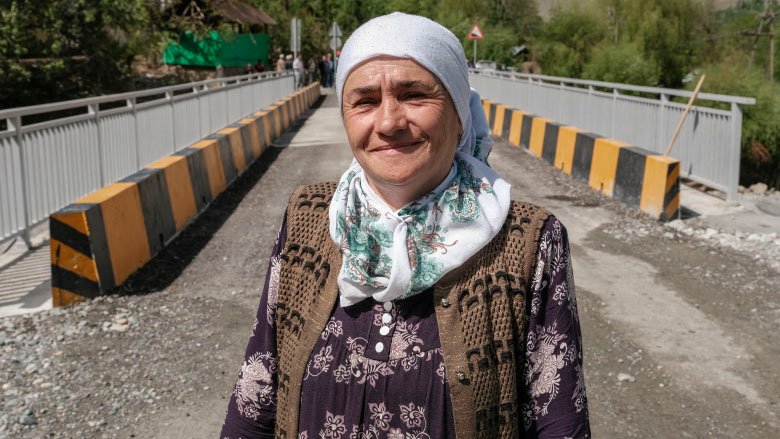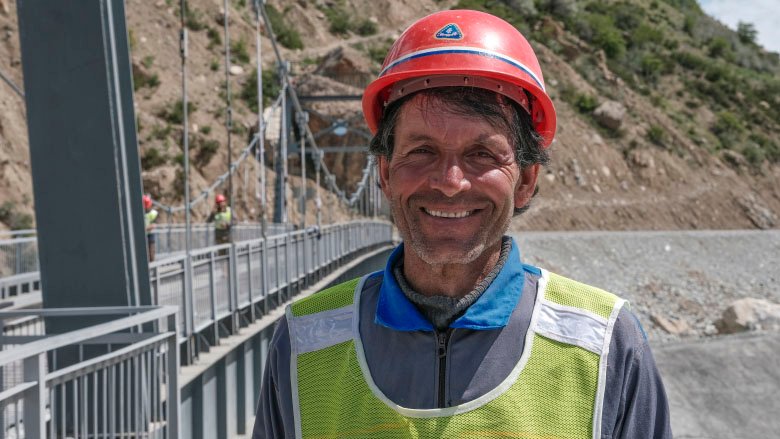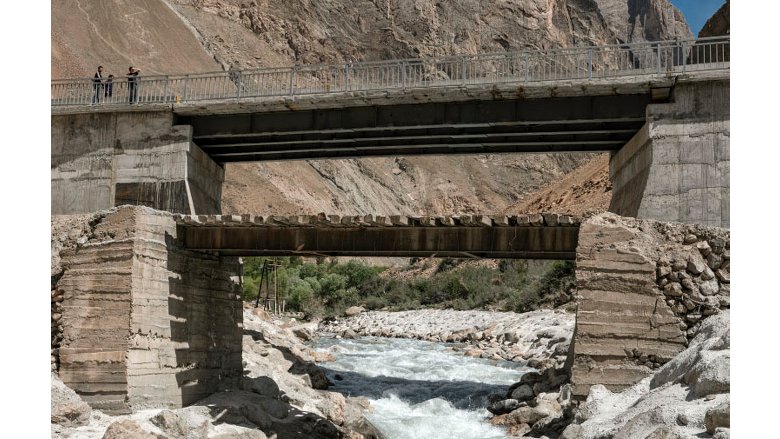Tajikistan’s southern Khatlon region, which shares a border with Afghanistan, is both the country’s most populated and poorest region. It is home to two major rivers, the Panj and Vakhsh, and their multiple tributaries, making the region vulnerable to seasonal floods and mudflows.
Bozor Giyeev, who lives in the Vose district of Khatlon, says that floods occur regularly in the area. In 1992 his village, at the confluence of the Yakhsu and Surkhob rivers, was almost completely washed away. “There is no sleep for village residents during spring and summer seasons, when water levels rise. Everyone fears for their families and homes,” says Bozor.
Given its high mountain terrain, geology, climate and hydrological features, Tajikistan is highly prone to natural disasters and has a long history of severe floods, earthquakes, landslides, mudflows, avalanches, droughts, and heavy snowfalls. The social and economic impacts from such disasters are significant and remain a persistent obstacle to poverty reduction and sustainable development.
During 1992–2016, economic losses from natural disasters cost Tajikistan an estimated $1.8 billion, affecting almost seven million people.
